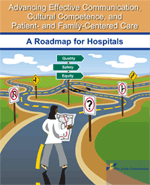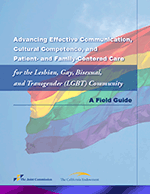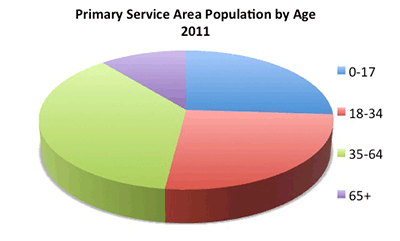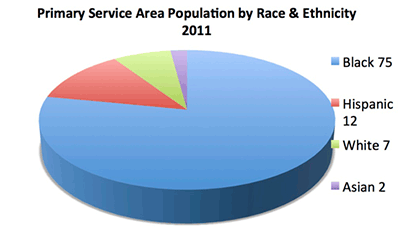Cultural Competency
A Roadmap for DHSU
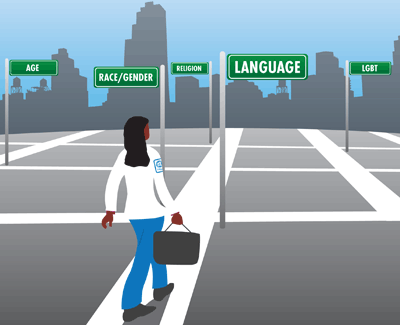
Advancing Effective Communication, Cultural Competence, and Patient- and Family-Centered Care
Get the Joint Commission publication in PDF
The University Hospital at Downstate views effective communication, cultural competence, and patient- and family-centered care as important components of safe, quality care. Accordingly, the Joint Commission defines cultural competency as the ability of health care providers and health care organizations to understand and respond effectively to the cultural and language needs brought by the patient to the health care provider. Cultural competence requires organizations and their personnel to do the following: (1) value diversity; (2) assess themselves; (3) manage the dynamics of difference; (4) acquire and institutionalize cultural knowledge; and (5) adapt to diversity and the cultural contexts of individuals and communities served.
Advancing Effective Communication, Cultural Competence, and LGBT-Centered Care
Get the Joint Commission publication in PDF
The University Hospital at Downstate views effective communication, cultural competence, and lesbian, gay, bisexual, and transgender (LGBT)-centered care as important components of safe, quality care. However, until recently, LGBT patients have been an often over- looked community of health care consumers. The Joint Commission Advancing Effective Communication, Cultural Competence, and LGBT-Centered Care: is a compilation of strategies, practice examples, resources, and testimonials designed to assist hospital staff in improving quality of care by enhancing their efforts to provide care that is more welcoming, safe, and inclusive of LGBT patients and families.
Patient Population
The ethnic and racial categories used by the Census Bureau only begin to suggest the ethnic, cultural, linguistic, and religious diversity of the residents in the University Hospital at Downstate service area. Nearly half of the residents in our community are immigrants.
|
|
|
Cultural Competency Checklist
Admissions
- Inform patients of their rights.
- Identify the patient's preferred language for discussing health care.
- Identify whether the patient has a sensory or communication need.
- Determine whether the patient needs assistance completing admission forms.
- Collect patient race and ethnicity data in the medical record.
- Identify if the patient uses any assistive devices.
- Ask the patient if there are any additional needs that may affect his or her care.
- Communicate information about unique patient needs to the care team
Assessment
- Identify and address patient communication needs during assessment.
- Begin the patient-provider relationship with an introduction.
- Support the patient's ability to understand and act on health information.
- Identify and address patient mobility needs during assessment.
- Identify patient cultural, religious, or spiritual beliefs or practices that influence care.
- Identify patient dietary needs or restrictions that affect care.
- Ask the patient to identify a support person.
- Communicate information about unique patient needs to the care team.
Treatment
- Address patient communication needs during treatment.
- Monitor changes in the patient's communication status.
- Involve patients and families in the care process.
- Tailor the informed consent process to meet patient needs.
- Provide patient education that meets patient needs.
- Address patient mobility needs during treatment.
- Accommodate patient cultural, religious, or spiritual beliefs and practices.
- Monitor changes in dietary needs or restrictions that may impact the patient's care.
- Ask the patient to choose a support person if one is not already identified.
- Communicate information about unique patient needs to the care team.
End-of-Life Care
- Address patient communication needs during end-of-life care.
- Monitor changes in the patient's communication status during end-of-life care.
- Involve the patient's surrogate decision-maker and family in end-of-life care.
- Address patient mobility needs during end-of-life care.
- Identify patient cultural, religious, or spiritual beliefs and practices at the end of life.
- Make sure the patient has access to his or her chosen support person.
Discharge and Transfer
- Address patient communication needs during discharge and transfer.
- Engage patients and families in discharge and transfer planning and instruction.
- Provide discharge instruction that meets patient needs
- Identify follow-up providers that can meet unique patient needs.
